May 31, 2025 | 10:11 GMT +7
May 31, 2025 | 10:11 GMT +7
Hotline: 0913.378.918
May 31, 2025 | 10:11 GMT +7
Hotline: 0913.378.918
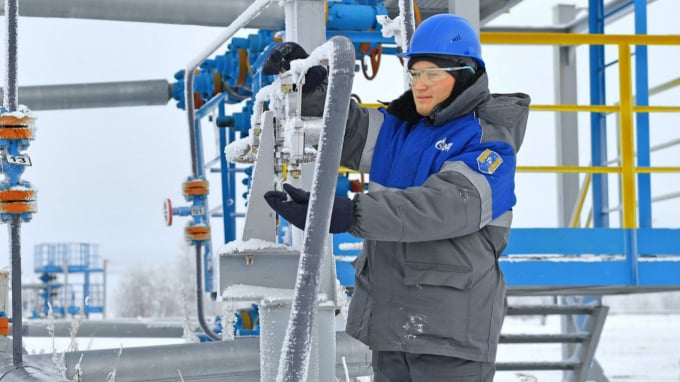
Russia-Ukraine war has pushed oil prices above the threshold of US$ 100/barrel. Photo: TL.
From 2020 until now, fertilizer prices have skyrocketed, the third most substantial increase in about 50 years.
The first spike occurred in the late 1960s and early 1970s when there was the Green Revolution in agriculture, the second in 2007 - 2008.
The reasons for the increase in fertilizer prices are known to include a sharp rise in oil and natural gas prices, while this cost sometimes accounts for 70% to 90% of production costs.
The price of natural gas has increased dramatically, especially in Europe, at one point increasing by more than 300%. The oil price has risen to the highest level in nearly three years; crude oil price on December 28, 2022, has reached a record with three digits, Brent crude oil price is at US$ 104.05/barrel.
For comparison, the price of Brent oil on February 28, 2021, was US$ 73.64/barrel, February 28, 2020, was US$ 56.75/barrel, and February 28, 2019, was US$$ 57.3/barrel.
The sharp increase in natural gas prices has forced many fertilizer factories to close. The expansion of the cultivated area is also the cause of the rise in fertilizer prices.
Sanctions from the European Union imposed on Belarus, which accounts for 20% of global MOP supply, have affected total potassium exports.
Transportation costs, especially shipping by containers, increased rapidly. The Covid-19 pandemic has disrupted production and supply in many countries, increasing costs due to the application of epidemic prevention measures.
Rising oil prices lead to higher prices of raw materials for fertilizer production, and rising fertilizer prices will affect food supply and prices; Russia and China, the two countries that account for a large number of fertilizer exports globally, have decided to restrict exports of chemical fertilizers to prevent shortages in the domestic market and lead to price increases.
Specifically: China has controlled the export of 29 fertilizers from October 15, 2021, including Urea, DAP, MAP, NPK, NP/NPS, MOP, SOP, ammonium chloride, and ammonium nitrate. It is not known how long this order will take effect.
On November 17, 2021, Russia restricted the export of nitrogenous and nitrogen-containing synthetic fertilizers for six months to contain price increases amid soaring gas prices.

Russia is one of the world's leading fertilizer exporters. Photo: TL.
The export quota for nitrogenous fertilizers is expected to be 5.9 million tons; the quota for nitrogen-containing fertilizers is at 5.35 million tons. The quota will be applied from December 1, 2021, to May 31, 2022.
To clarify, in 2020, Russia leads the world in fertilizer exports, reaching US$ 7 billion, followed by China with US$ 6.6 billion and Canada with US$ 5.2 billion, the US ranked fourth with US$ 3.56 billion. In 2019, Russia exported US$ 8.58 billion of fertilizer, Russia's second-largest export item.
When the Russia-Ukraine conflict occurred, the US, European Union (EU), and Western partners on February 26, 2022, agreed to exclude many Russian banks from the SWIFT (Society) interbank payment system for Worldwide Interbank and Financial Telecommunication).
The exclusion of Russia from the SWIFT system will make it impossible for its banks to transfer money out or receive money from abroad. It will severely affect exports of all commodities, including fertilizers from Russia.
Due to the war, the transport of ammonia from Russia through Yuzhny, Ukraine (now known as the port of Pivdenny) was also strongly affected. However, Russia produces less than 10% of the global ammonia (32% led by China, followed by Russia, India, and the United States).
Fertilizer prices are high, significantly affecting agricultural production and farmers' income. Depending on the type of crop, the weather, the soil, the fertilizer cost ranges from 30-60% of the input value of agricultural production.
To find ways to reduce costs and grow crops profitably, farmers have been looking for alternatives, using other cheaper and more reasonable fertilizers, increasing the use of organic fertilizers, and implementing recommendations of the Ministry of Agriculture and Rural Development, five correct when fertilizing: Apply the right type of fertilizer; Fertilize the physiological needs of the plant properly; Fertilize according to ecological needs; Fertilize the right season and weather; Apply the correct method.
In the face of fluctuations in fertilizer prices as above, ensuring that the supply does not lack fertilizer will play an important role. It is both an opportunity and a task for domestic fertilizer manufacturers.
Domestic fertilizer factories have produced the most critical fertilizers such as urea, DAP, Superphosphate, fused phosphorus, ammonium nitrate, NPK, while SA and potassium fertilizers are entirely dependent on import.
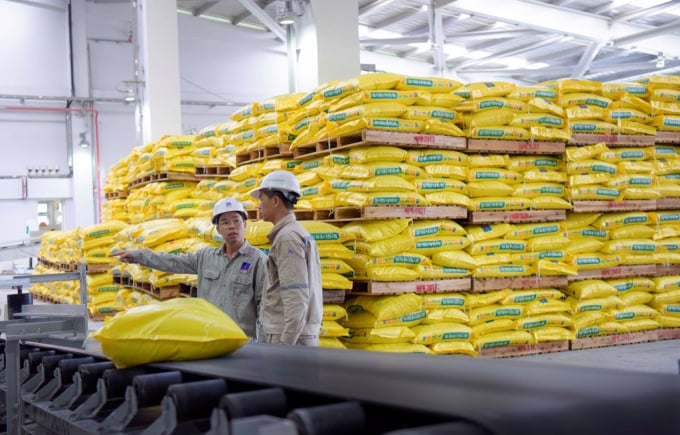
Fertilizer factories in Vietnam can produce most of the types available on the market. Photo: TL.
In 2021, urea of 4 factories, DAP of 2 factories, phosphate-containing fertilizers (including fused phosphorus, superphosphate), NPK fertilizers, etc., of hundreds of other factories reached about 7 million tons, up 6% over the same period.
In which, Vietnam Chemical Group has produced and supplied to the market more than 3.5 million tons of fertilizers ranging from urea, to DAP, superphosphate, fused phosphorus, NPK,..,
Two units of the Vietnam Oil and Gas Group, PetroVietnam Fertilizer and Chemicals Corporation, produced 1,035 million tons, and Ca Mau Petroleum Fertilizer Joint Stock Company had 898,000 tons (including urea, NPK, and organic fertilizers).
Other fertilizer manufacturing companies include Apromaco Company, Tien Nong Company, Dutch Fertilizer Company, Viet Nhat Fertilizer Company, Ba Con Co Fertilizer Company, Guilin Group, General Fertilizer Corporation Song Gianh, Ammonia Nitrate Factory of Mining Chemical Corporation under TKV)… all achieved positive production results.
When fertilizer prices increase, some countries have policies to regulate and support farmers who do not pay too high fertilizer prices.
For example, from India, a country with 60% of the population of 1.4 billion people directly or indirectly dependent on agriculture, the Government has supportive policies for fertilizer companies to sell products to farmers below market price.
According to Bloomberg, in 2021, India subsidized a record level of nearly 21 billion USD for the fertilizer industry, the budget plan approved at the beginning of the year was about US$ 17 billion after due to fluctuations in the price of fertilizer, it added more US$ 3.8 billion (286.55 billion rupees).
According to The Indian Express March 1, 2022, India has a plan, in 2022, to allocate a federal budget of US$ 18.8 billion to support the fertilizer industry (currently pending approval).
A 50 kg bag of DAP is currently supported at 438 rupees (equivalent to VND 131,000); other fertilizers such as potash and phosphorus fertilizers are at 100 rupees (equivalent to VND 30,000).
In the face of a sharp increase in agricultural materials and a decrease in profits from farming, farmers hope that fertilizer prices will drop sharply soon, creating conditions for farmers to reduce production costs and ensure income in the summer-autumn crop 2022 and subsequent production seasons.
In addition to the measures, our country should also think of specific policies to support farmers to buy fertilizer at a suitable price for cultivation and cultivation.
Translated by Ha Phuc
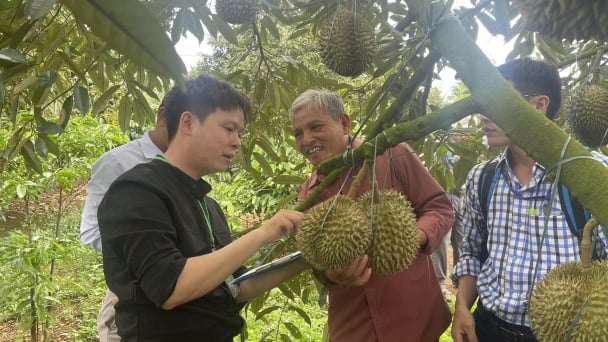
(VAN) For the durian industry to succeed, the value chain must fulfill its commitments to the government, the community, and international partners.
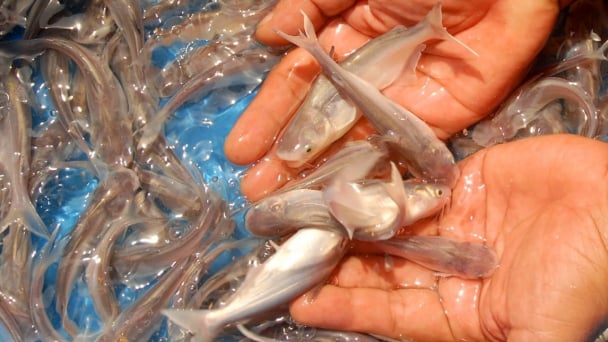
(VAN) Vaccinating juvenile pangasius helps reduce disease, antibiotic use, and farming costs, increasing profits for export-oriented farmers in An Giang.

(VAN) Due to a limited supply of workforce and competitive recruitment requirements, businesses struggle to retain talented veterinary human resources.
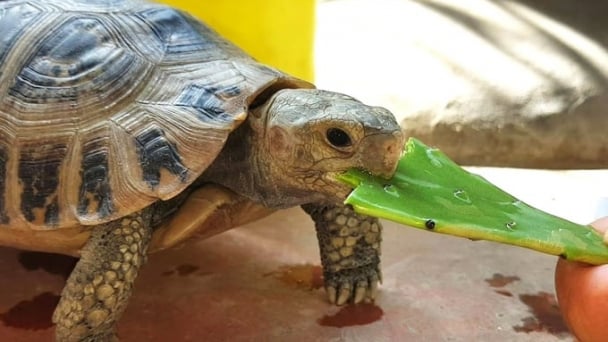
(VAN) WOAH’s guidance aims to mitigate disease risks through a One Health approach that balances economic, conservation, and public health interests.

(VAN) Ms. Nguyen Thi Dung, Deputy Director of Ngoc Hoang Cooperative, shared about the journey of bringing dragon fruit to Europe, achieving annual revenues in the billions of VND.
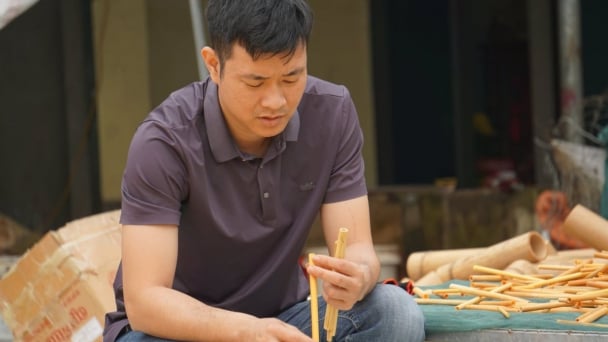
(VAN) Bamboo products from Thang Tho Bamboo Cooperative have reached many countries around the world, while also creating jobs for local workers.

(VAN) The Management Board of Con Dao National Park reported that a green sea turtle, tagged in the Philippines, has traveled thousands of kilometers to lay 84 eggs on Bay Canh Islet.